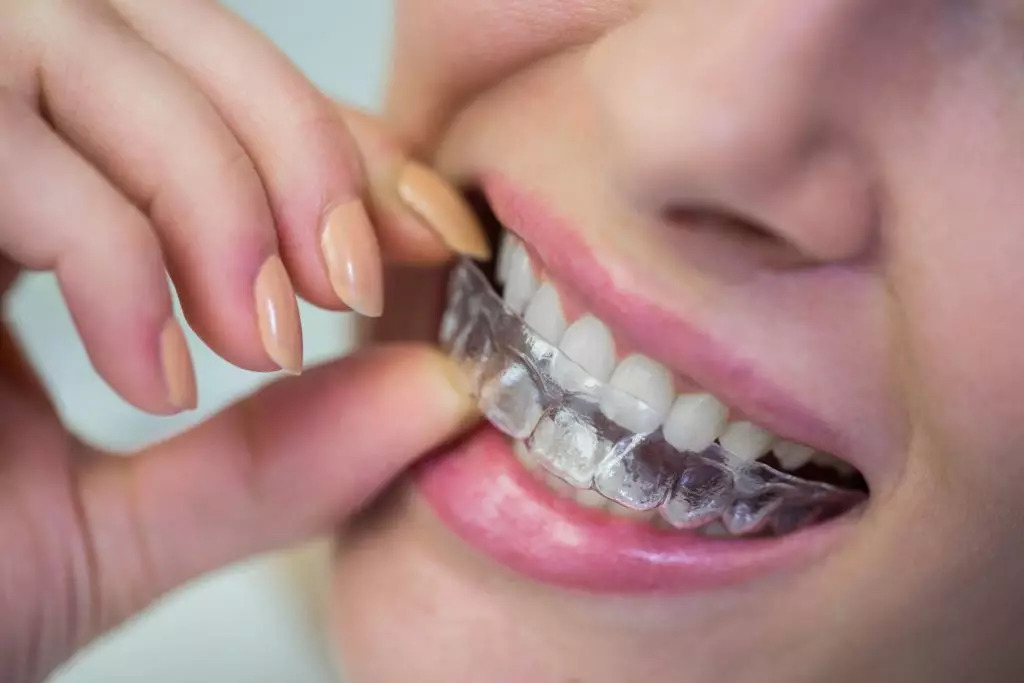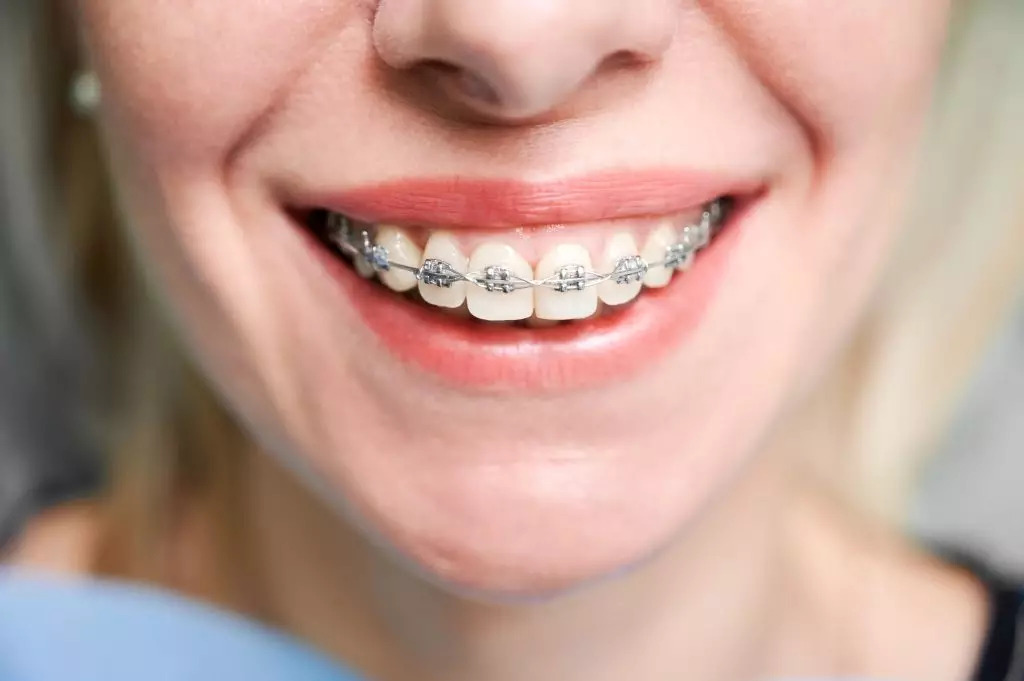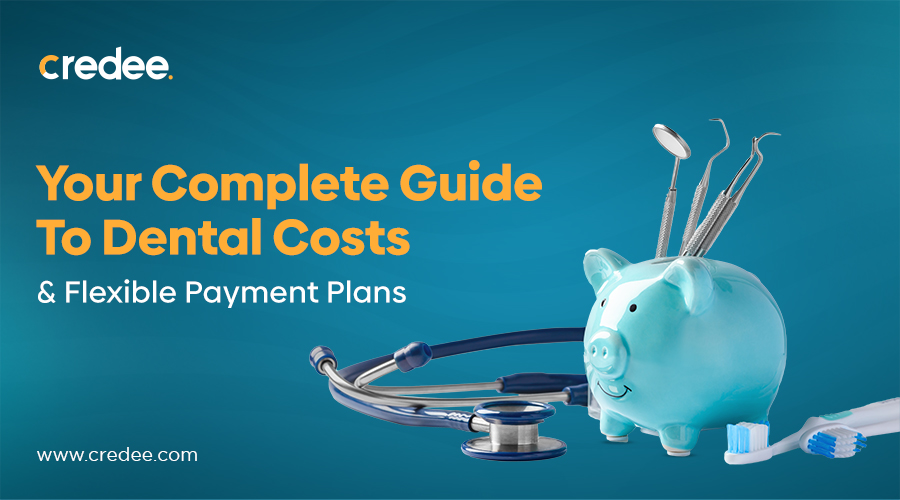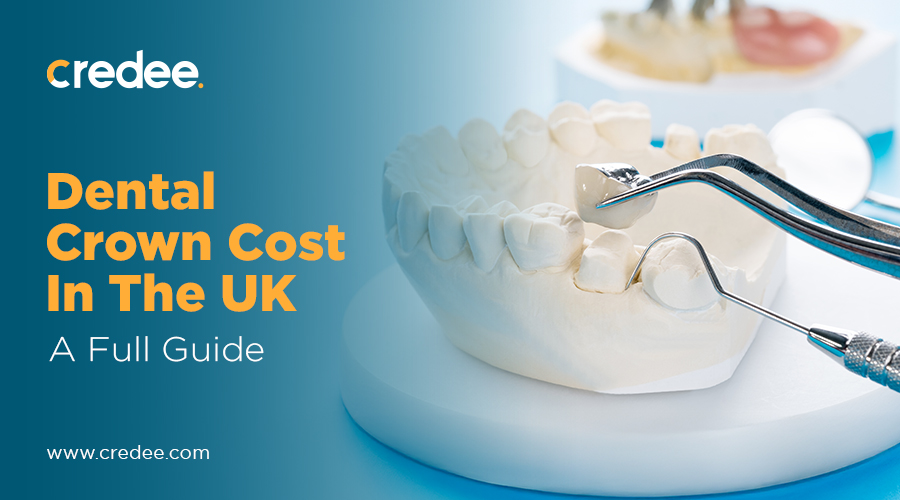
| The orthodontic retainers market is expected to experience robust growth, reaching USD 487.05 million by 2028, with a CAGR of 10.32% during the forecast period (2021-2028), as per Data Bridge Market Research. |
Well, who doesn't want a picture-perfect smile? Moreover, this surge emanates from more people willing to put in the time, money, and effort into achieving perfect or at least near-perfect teeth.
Notably, statistics reveal that only 35% of Americans are born with straight teeth. And while a perfect smile may not be the top reason people visit the orthodontist, it sure is a good one. Notably, over 4 million people in the U.S. wear braces, and 25% of these are even adults. AND more often than not, retainers are recommended by orthodontists to ensure the positive impact of braces perseveres or is 'retained'.
Smile Bright, Pay Easy: Your Guide to Stress-Free Dental Implant Financing!
What Are Retainers?
As the name suggests, retainers typically refer to devices used after braces to maintain or 'retain' the rectified position of teeth. Moreover, they help bones around your teeth solidify. Additionally, orthodontists may even have you wearing retainers without braces while transitioning between phases of orthodontic treatment.
Types Of Retainers After Braces
| Feature | Fixed Retainers | Removable Retainers |
|---|---|---|
| Type of Retainer | Permanently bonded to the back of teeth using dental cement. | Designed to be taken out and put back in by the wearer. |
| Visibility | Typically not visible from the front, hidden behind the teeth. | Visible when worn, especially in the case of clear aligners. |
| Convenience | Requires professional placement and removal. | Can be taken out for eating, cleaning, or otherwise. |
| Maintenance | Generally, low maintenance as they are fixed in place. | Requires regular cleaning to prevent plaque or odor buildup. |
| Compliance | Provides continuous retention without relying on the wearer. | Relies on patient compliance to be effective. |
| Effectiveness | Highly effective in maintaining alignment. | Effective if worn consistently as prescribed by an orthodontist. |
| Speech Impediment | May cause slight speech changes initially but adapts. | Typically doesn’t affect speech significantly. |
| Removability | Not removable by the patient; requires professional help. | Can be easily removed and reinserted by the patient. |
| Comfort | Generally comfortable once adjusted, not felt during daily activities. | Some patients may find them bulky or uncomfortable. |
| Risk of Loss/ Damage | Low risk of loss or damage once securely bonded. | Higher risk of loss or damage due to handling by patients. |
| Cost | Initial placement cost includes the bonding procedure. | Initial cost plus potential replacement costs over time. |
| Duration of Wear | Typically long-term, possibly for several years. | Often worn nightly, with a decreasing frequency over time. |
Advantages Of Wearing Retainers After Braces
- Retainers maintain post-orthodontic alignment
- Protects the results and investment of orthodontic treatment
- Tailored for a comfortable and discreet fit
- Flexible options for varying wear schedules
- Prevents potential bite issues by maintaining tooth relationships
- Removable and easy to clean for better oral hygiene
- Orthodontists can make necessary adjustments for continued effectiveness
- Allows for a gradual reduction in wear over time
- Tailored retainer plans based on individual needs
Retainers After Braces: Procedure And Duration
1. Removable Retainers After Braces
Procedure: The dental provider uses putty and places it in trays, which are then inserted over your teeth to capture the unique bite and arrangement. It mostly takes around two minutes. Alternatively, some dental offices may use dental impressions using a handheld wand and 3D modeling. Once it's done, the dental laboratory employs the mold to craft a plastic or acrylic teeth retainer. It usually takes a week or more before the retainer is ready for daily use.
Duration: Initially worn full-time, transitioning to nighttime wear after several months, often continuing for years.

2. Fixed Retainers After Braces
Procedure: The dental provider measures the correct placement of your teeth using a metal wire. Once it's done, the wire is affixed in place with glue. The entire process is mostly done in one sitting.
Duration: Typically worn for the long term, while some may wear them for several years, others may be recommended indefinitely.

What Recovery Looks Like: Care Tips And Consultation
Care Tips For Removable Retainers:
- Regularly clean them with a soft toothbrush to prevent bacterial buildup.
- Soak braces retainer in a denture-cleaning solution or a water-vinegar mix when not in use.
- Avoid bending or damage by handling your braces retainer carefully.
- Store it in its case to prevent loss or damage.
- Schedule regular check-ups to ensure proper fit and subdue any issues.
Care Tips For Fixed Retainers:
- Maintain excellent oral hygiene, especially around the wires.
- Eat mindfully, and avoid sticky and hard foods.
- Schedule regular check-ups to monitor the retainer's condition.
- Check-in with your orthodontist promptly upon experiencing discomfort.
- Avoid nail-biting, using your teeth as tools, and other habits that can damage the retainer.
| Note: Consult your orthodontist if you experience severe discomfort, notice any significant changes in your bite, or if your retainer is damaged. Besides, to avoid troubles in the future, make it a habit to schedule regular follow-up appointments. |
Deciding on Retainers After Braces: Weighing the Risks And Cost
Risks of Wearing Retainers After Braces
- Callousness with retainer wear can lead to misalignment of teeth.
- Mishandling and damaging retainers may reduce their effectiveness.
- Poor oral hygiene with retainers can result in bad breath and dental issues.
- Discomfort or fit changes may cause distress.
- Initial speech difficulties may hinder daily life.
- Allergic reactions to retainer materials may cause irritability.
- Retainers may worsen teeth grinding for some.
In order to mitigate the risks of wearing retainers after braces, monitor teeth stability and follow up with your orthodontist regularly.
How Much Do Retainers Cost?
The cost of retainers depends primarily on the type of retainer. Additionally, your location, your choice of orthodontist, and the add-on costs like regular check-ups (if required) can impact the price quite a bit.
Typically, removable retainers range between $150 and $600, while fixed retainers can set you back anywhere from $500 to %1,000.

Experience a hassle-free journey to streamlined payments.
Request A Callback
Handling The Expenses Of Retainers After Braces
Despite the numerous benefits of wearing retainers after braces, people may still neglect them. And there could be various reasons behind it, one being the cost. It may seem like an add-on after already spending on braces, or simply not worth the cost. However, if properly managed, the cost may seem negligible. Considering the effectiveness of retainers and the growing inclination amongst patients, dentists and orthodontists have adopted flexible payment plans. These plans allow patients to manage the expenses of retainers after braces in easy monthly installments. Flexible payment solutions like Credee enable them to do so. It has a NO CREDIT CHECK Policy and a 97% approval rate. This allows dental care providers to approve most patients instantly. So, you don't have to worry about getting rejected. With that said, if you consult an orthodontist or dentist, be sure to ask if they offer such flexible payment options.
Conclusion
Wearing retainers after braces is a wise choice if you want to preserve the position of your teeth in the long term. It retains your newfound smile for years to come. However, it's best to consider all the whats, hows, dos, and don'ts before deciding on wearing retainers after braces. Additionally, consult your orthodontist. And while you're at it, be sure to ask them if they offer flexible payment plans through Credee to easily manage the cost of these braces retainers.



